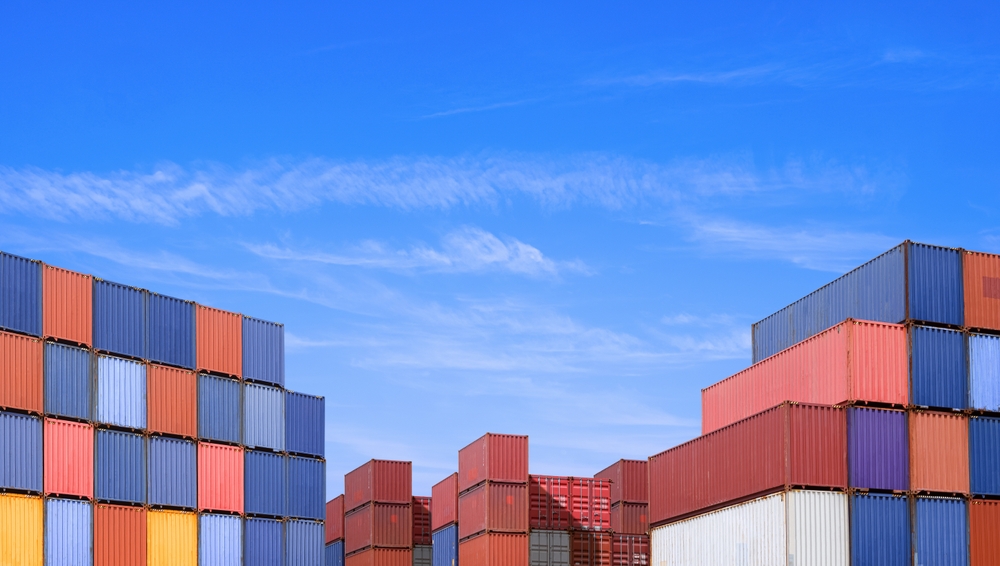
The ongoing strike by International Longshoremen’s Association (ILA) workers at major East Coast and Gulf Coast container ports has led to a rapidly growing fleet of ships waiting to dock. According to recent reports, over 400,000 twenty-foot equivalent units (TEUs) are currently stalled on vessels queued outside these key maritime hubs. This backlog represents a 33% increase from just a day prior and a 170% spike compared to the day before the strike began. As of Thursday, 59 vessels are waiting to unload, up from 45 the day before and just three on Sunday.
If the strike persists for even a week, the number of ships awaiting access to port facilities could exceed 100, and more than 1 million TEUs may be left stranded offshore. This situation poses a significant threat to the already strained global supply chain, with no clear end in sight, as no new bargaining sessions have been scheduled between the ILA and the United States Maritime Alliance (USMX), which represents the employers.
Impacts on Shipping Costs and Empty Container Shortages
The ripple effects of the strike are already being felt across the shipping industry. Some container lines have started applying surcharges to account for delays, which are expected to rise further if the disruption continues. Additionally, ships rerouted to U.S. West Coast ports may face longer transit times, especially if they have to navigate through the Panama Canal, further increasing shipping costs. Experts also warn of a potential shortage of empty containers as the backlog grows, further straining global logistics operations.
Major Ports Affected
Among the worst-hit ports is Savannah, Georgia, where 15 vessels are currently in line. The New York-New Jersey port complex follows closely behind with 13 vessels, while Norfolk, Virginia, has nine ships waiting offshore. Despite some carriers diverting vessels and unloading at alternative locations like Caribbean ports, there has yet to be a significant queue reported at Mexican ports such as Altamira and Veracruz.
Importers Hit Hard by Delays
The strike has caused thousands of import loads to be stuck at these ports, creating major disruptions for high-profile shippers. Data from Vizion highlights that the Port of Savannah has the largest number of containers on hold, with 8,971 TEUs, followed by 3,901 TEUs at New York-New Jersey and 2,401 at Port Houston. Major retailers like Walmart, Costco, Lowe’s, and Home Depot are among the top companies with cargo currently held up.
Walmart leads the list with 837 TEUs waiting to be offloaded, followed by Costco with 290, Lowe’s with 253, and Home Depot with 222. As a result of the delays, dwell times — the time containers spend waiting to be picked up — have surged at several major ports. For example, dwell time at New York-New Jersey has jumped from an average of 4.5 days to 21 days, while Savannah has seen an increase from 4 days to 15 days. Similar delays have been reported at other ports, with Houston’s dwell time rising to 22.1 days, Norfolk to 19.7 days, and Charleston, South Carolina, to 21.9 days.
Uncertain Outlook
The strike has already created a logjam of vessels and containers, but with no immediate resolution in sight, the situation could worsen in the coming days. As queues continue to grow, so do the risks for retailers, manufacturers, and other businesses that rely on timely imports to keep shelves stocked and operations running smoothly. The full extent of the disruption will depend on how quickly negotiations between the ILA and USMX resume and whether an agreement can be reached to end the strike.
Source:
https://www.freightwaves.com/news/1-million-teus-could-soon-be-stalled-outside-strike-ports











Leave a Comment